
Vietnam Historical Background
Vietnam is a nation that was built on myths. Vietnamese culture as it is today was formed over millennia by invasions and wars. Here's a brief summary of the significant eras and individuals in the country's history, as well as specific recommendations for deeper investigation during your trip, to help you fully comprehend the attractions and culture you'll meet in Vietnam.
Dynamic Laws (2nd to 15th centuries)
Vietnam has had a long history of dynasties ruling it in between centuries of Chinese domination. The Ly, Tran, Le, and Nguyen dynasties are the four most important ones to be aware of. The Ly Dynasty established a consolidated administration in Hanoi after driving the Chinese out, ending their millennium-long dominance. Then the Tran Dynasty emerged, led by general Tran Hung Dao, who successfully defeated a Mongol invasion in the Red River Delta. As people who had a deep love for their country, these two dynasties contributed to laying the framework for Vietnam.
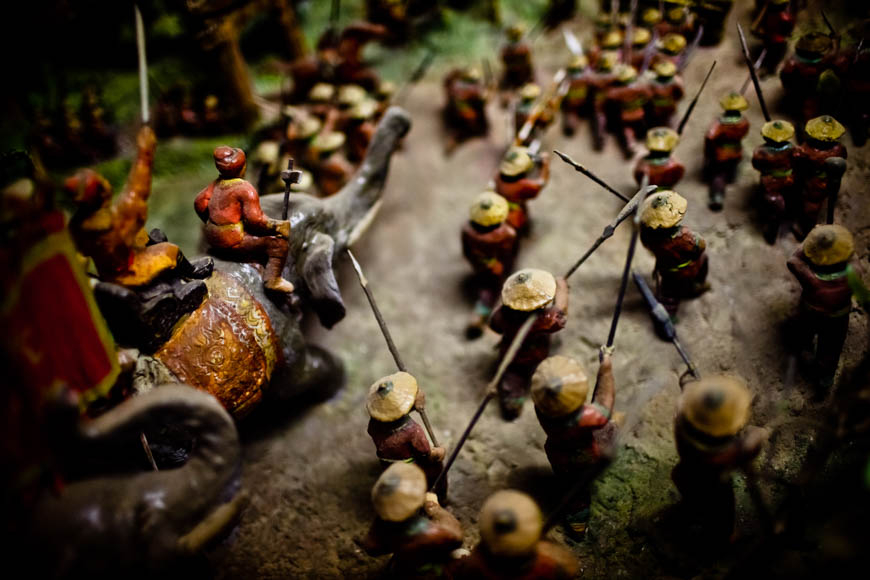 Places to see:
Places to see:
Thang Long Citadel (Hanoi) - Explore the ruins of this royal enclosure, which was originally constructed during the Ly Dynasty, to learn more about Vietnam's historical past.
Take a trip inside the city's first university, founded in 1070, at the Temple of Literature in Hanoi. Just west of the Old Quarter sits this tranquil and age-old building.
The One Pillar Pagoda in Hanoi was built by an emperor as a mark of appreciation for the birth of his son.
The Le Dynasty advances to the south (15th to 17th centuries)
At the beginning of the 15th century, China invaded Vietnam once more, but this invasion did not endure as long as the previous one. Rich landowner Le Loi was able to organize a revolt and take back Vietnam. This led to the establishment of the Le Dynasty, which went on to conquer the erstwhile Champa Kingdom and expand southward. Since the second century, the Cham, an ethnic group from the Indian subcontinent, have resided in central and southern Vietnam. They were a powerful monarchy with excellent mercantile abilities, but they were ultimately vanquished and driven far into the Mekong Delta.
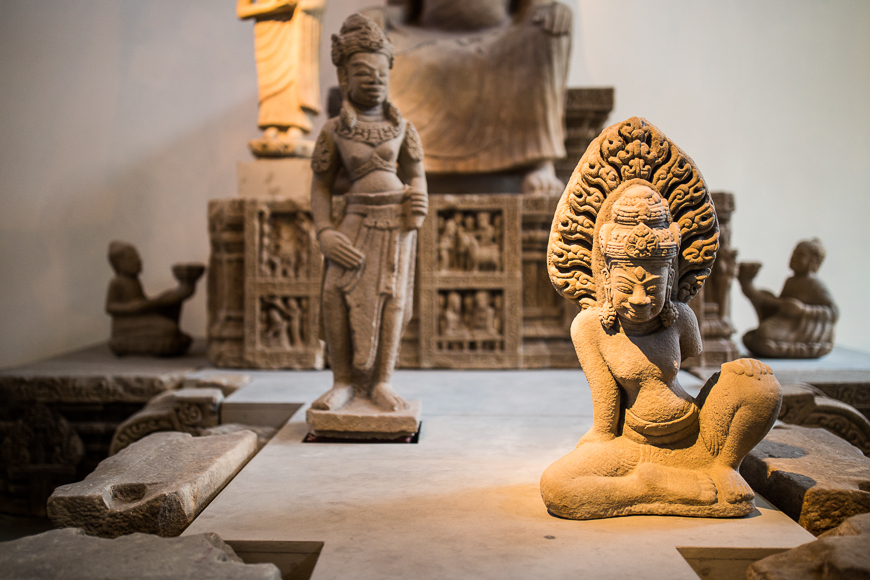 Places to discover:
Places to discover:
Cham towers and complexes (Central Vietnam) - Outside of Hoi An, see the enormous and interesting ruins of the My Son shrine. Visit the Po Shanu towers near Mui Ne town or the Po Nagar towers in the heart of Nha Trang.
Museum of Cham Sculpture (Da Nang) - This lovely structure, which was built during the French colonial era, is home to amazing exhibits of Cham artifacts and sculptures.
The Last Dynasty (19th Century)
Vietnam had been torn apart by a contentious civil war when the Nguyens came to power. The nation was brought back together under the direction of Emperor Gia Long, and in 1802, Gia Long built a new feudal capital in the Central Vietnamese city of Hue. Under the guise of evangelism and religious reform, French influence in Vietnam increased during the rule of the Nguyen Emperors. The center and northern parts of Vietnam were eventually added to the French's other conquests as they came to rule over the entirety of Vietnam (neighboring Laos and Cambodia). Bao Dai, the final Nguyen emperor, publicly renounced the throne.
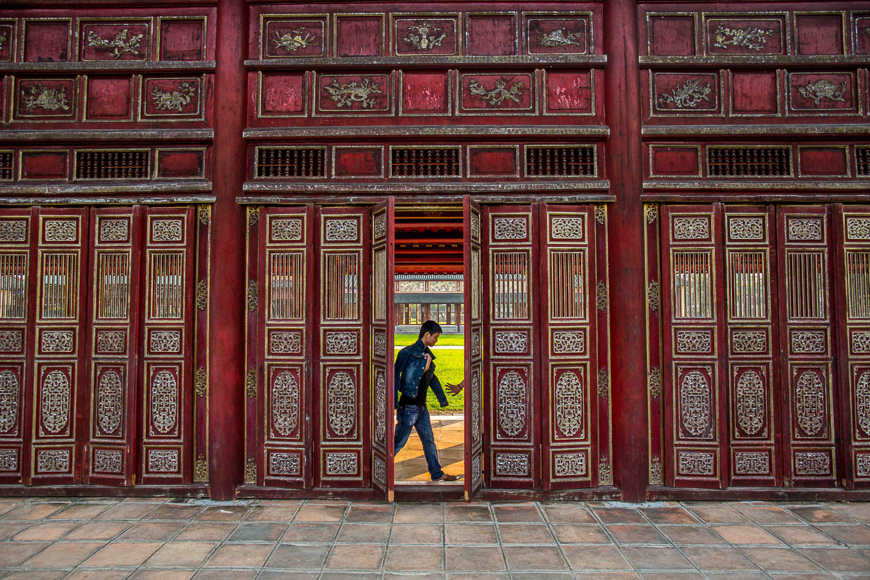 Places to discover:
Places to discover:
Imperial City (Hue) - Explore the legacy of the Nguyen Dynasty with a walk around the Hue Citadel and Imperial City, one of Vietnam’s top historical attractions.
Royal Tombs (Hue) - Make time to visit the grandiose tombs of the Nguyen Emperors, each one different from the others, and designed by the Nguyen emperors before their deaths.
French Colonisation (late 19th to early 20th century)
Tonkin, Annam, and Cochinchine were the three protectorates that made up Vietnam during French colonial rule. Vietnamese resistance developed during the whole time of the French administration. Many eminent Vietnamese authors released writings at the turn of the century advocating for unity and independence from colonial domination. Although temporarily hushed, these thoughts were not lost. Despite the French making numerous arrests, many Vietnamese nationalists used their time behind bars to propagate their message and organize for the future.
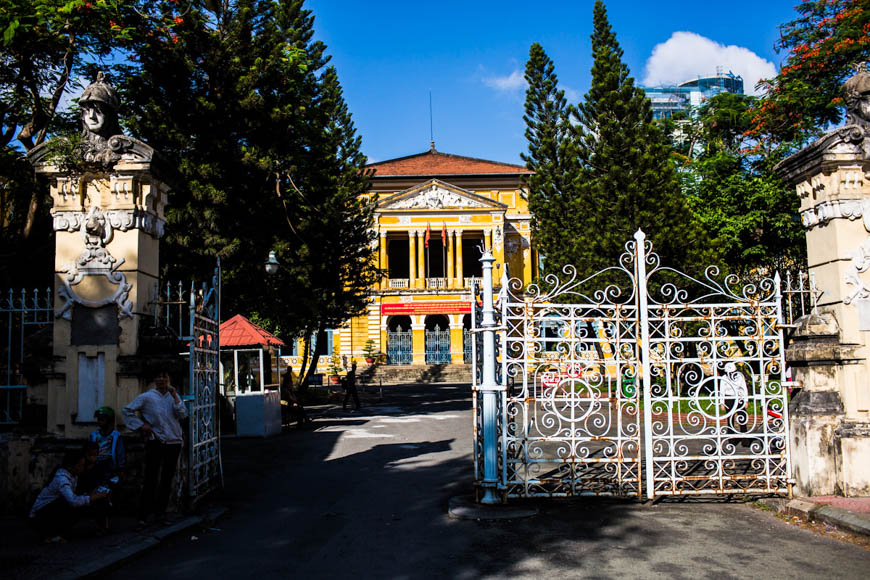
Places to discover:
Con Dao Prison Complex (Con Dao Island) - While enjoying the beaches of Con Dao Island, visit the prison complex to unearth stories about its tragic past.
Hoa Lo Prison (Hanoi) - This urban prison, a short walk from Hoan Kiem lake, was dubbed the ‘fiery furnace’ by locals.
French Quarter (Hanoi) - Take a stroll around Hoan Kiem District to encounter many well-preserved French villas, as well as other architectural relics from the French colonization, including Long Bien Bridge and the Metropole Hotel.
Invasion to Independence (early to mid-20th century)
Japan seized the chance to invade Vietnam after Germany invaded France. As a result of this tactical choice, Japanese soldiers captured Hanoi in 1940. After a year, they continued to travel south, waking the last remnants of the Vietnamese resistance along the route and inspiring communists and nationalists to unite to form the Viet Minh under Ho Chi Minh. As a result of the Viet Minh's destabilization of the Japanese, Japan capitulated to Allied forces in 1945, the same year that Ho Chi Minh proclaimed Vietnam's independence in Hanoi's Ba Dinh Square.
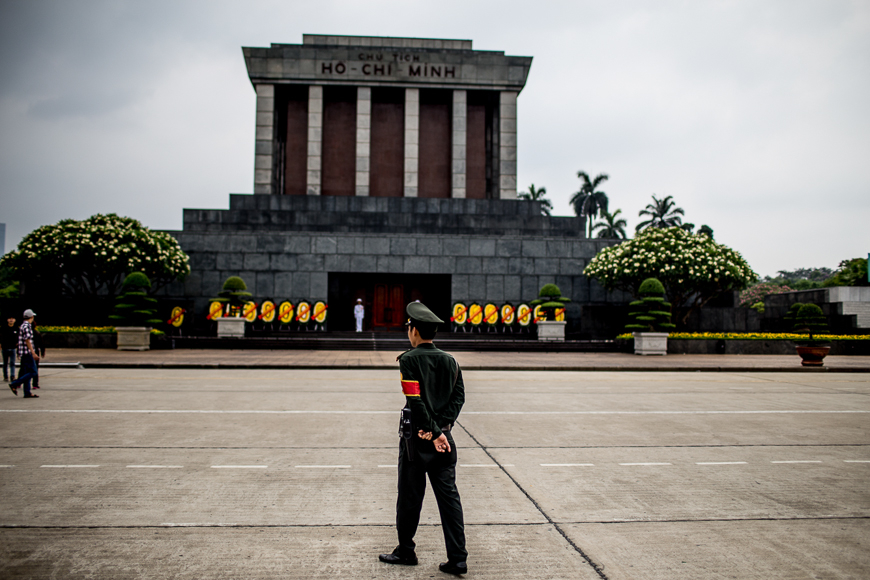 Places to discover:
Places to discover:
Cannon Fort (Cat Ba) - This hilltop fort was built by the Japanese after their invasion of Cat Ba. Discover more about this event and enjoy the views of the port and jungle below.
Ba Dinh Square (Hanoi) - Visit this iconic square in front of the Ho Chi Minh Mausoleum, before checking out the Presidential Palace and Ho Chi Minh’s stilt house.
The Indochina Wars & Reunification (mid-20th century)
The start of the First Indochina War in 1946 marked the culmination of resistance to French colonial control. The Battle of Dien Bien Phu marked the end of the war, which lasted until then. Vietnam was split at the 17th parallel with the signing of a cease-fire, paving the way for a conflict that would garner attention from all over the world. North Vietnam also became more and more involved in the war as the United States committed more and more forces to the cause. American participation in South Vietnam had already started long earlier. The Tet Offensive was a turning point for the North, and in the end, American forces withdrew from Saigon as North Vietnamese forces captured the city on April 30, 1975.
 Places to discover:
Places to discover:
War Remnants Museum (Ho Chi Minh City) - This museum showcases the harsh reality of the war through the lenses of renowned photographers on both sides of the conflict.
Reunification Palace (Ho Chi Minh City) - Take a stroll around this former seat of power for the Republic of Vietnam. The day the Viet Cong tanks crashed through the gates of the palace marked the end of the war.
Cu Chi Tunnels - These underground tunnels outside Ho Chi Minh City reveal how the Viet Cong guerrilla forces survived and waged war under remarkable conditions.
Doi Moi & Vietnam Now (late 20th century to the present)
The nation had a period of adjustment and unity following the Second Indochina War. Vietnam's national "Doi Moi" (renewal) policy was put into effect in 1986. As a result of these reforms, the economy gradually expanded as more and more Vietnamese started to establish businesses. Vietnam's economy is one of the fastest-growing in the area, and growth there has recently experienced a surge. The nation offers an intriguing blend of the old and the new, with interesting historical sites and a well-ingrained feeling of respect for the past.
